Part 1: Introduction to Leash Aggression in Dogs
Dog leash aggression, also known as leash reactivity, is a prevalent behavioral issue encountered by many dog owners. This form of aggression is characterized by a range of reactive behaviors exhibited by dogs when they are on a leash, such as barking, lunging, or growling, primarily directed at other dogs, people, or stimuli. Understanding leash aggression is crucial as it is a manifestation of stress, fear, or frustration in many dogs, and addressing it is vital for the well-being of both the dog and the owner.
Leash aggression is a common phenomenon and can occur in dogs of any breed, age, or size. It is essential to address this aggressive behavior promptly due to its potential dangers and legal implications. Neglecting to manage leash aggression can lead to anxiety and long-term effects on a dog’s mental health, and it can also pose a significant risk of injury during aggressive encounters. For comprehensive insights and expert advice on addressing leash aggression, refer to How to Deal with Leash Aggression in Dogs by the American Kennel Club.
The prevalence of leash aggression underscores the importance of early socialization, training, and positive reinforcement in fostering well-mannered and balanced dogs. The objective of this article is to provide a thorough understanding of dog leash aggression, its causes, implications, and effective management strategies. We aim to equip dog owners with the knowledge and tools necessary to address leash reactivity and ensure enjoyable and safe walks with their furry companions.
In this article, we will delve deeper into the aspects of understanding, managing, and preventing leash aggression, exploring various training techniques, the role of socialization, and the benefits of using specific tools and gear for managing leash reactivity. We will also discuss the importance of recognizing warning signs and the impact of the owner’s anxiety on a dog’s behavior.
Part 2: Understanding Leash Aggression
A. What is Leash Aggression?
Leash aggression, a form of leash reactivity, is a behavioral issue where dogs exhibit aggressive behaviors, such as growling, barking, and lunging, primarily towards other dogs, people, or specific stimuli when on a leash.
This aggression is a manifestation of stress, fear, or frustration, often resulting from the perceived threat or feeling of being restrained and unable to escape perceived threats. There are different types of leash aggression, including fear-aggression and frustration-aggression, each stemming from distinct emotional states and triggers.
B. Why Do Dogs Exhibit Leash Aggression?
Understanding the root causes of leash aggression is pivotal in managing and preventing this behavior effectively. One primary cause of dog aggression is the fear and frustration experienced by dogs when they are on a leash. The leash imposes limitations, making dogs feel trapped and heightening their reactive responses to perceived threats. Natural dog interactions are significantly altered when a leash is introduced, affecting a dog’s behavior and responses.
In the context of leash aggression, the role of the owner is crucial. An owner’s anxiety and emotions can profoundly impact a dog’s behavior on the leash. Tension in the leash can communicate stress and anxiety to the dog, exacerbating reactive and fearful behaviors within.
-
Past experiences, especially negative or traumatic ones, play a significant role in the development of leash aggression. Inadequate socialization and previous encounters that induced fear or stress can make a dog more prone to exhibit aggressive behaviors when on a leash. Especially in rescue dogs, past traumatic experiences can significantly contribute to the development of leash aggression.
-
Breed and individual differences also influence the propensity for leash aggression. While specific breeds may have predispositions, individual factors such as age, health, and personality are equally important. It is essential to consider the individual characteristics of each dog when addressing leash aggression.
-
Environmental triggers are another crucial factor in leash aggression. The presence of other dogs, loud noises, or unfamiliar people can act as triggers, inducing aggressive responses in dogs on a leash. Recognizing and managing these triggers are vital steps in addressing leash aggression and ensuring safe and enjoyable walks.
Common Misconceptions about Dog Breeds and Leash Behavior
Leash aggression is not necessarily a breed-specific trait but more often a result of individual temperament, training, socialization, and management. However, some breeds may have a higher propensity for reactive or aggressive behaviors due to their historical roles, energy levels, or guarding instincts.
Understanding A Leash Reactive Dog
Understanding leash aggression involves recognizing the various factors and triggers that contribute to this behavior. By acknowledging the role of fear, frustration, past experiences, and environmental triggers, dog owners can take informed steps to manage and prevent leash aggression, ensuring the well-being of both the dog and the owner.
Part 3: Dangers & Implications of Leash Aggression
A. Anxiety and Its Long-Term Effects
Anxiety in dogs, often a byproduct of leash aggression, is a state of distress and nervousness that can have severe implications on a dog’s mental and physical well-being. Persisting anxiety can lead to behavioral issues, reduced quality of life, and various health problems in dogs. Managing anxiety is crucial and involves a combination of training, socialization, and in some cases, medication to alleviate the distressing symptoms and improve the dog’s overall well-being.
B. Social Stigma and Its Impact
Dogs exhibiting leash aggression are frequently perceived as dangerous, leading to a social stigma that can isolate both the dog and the owner. This stigma can hinder the owner’s willingness to seek help and can adversely affect the overall well-being and social life of the dog. The perception of aggressive dogs and the resulting social isolation can be mitigated by fostering understanding and awareness about leash aggression. For more information on addressing the social aspects of leash aggression, refer to Managing a leash-reactive dog by the Animal Humane Society.
C. Potential for Injury
Leash aggression poses a significant risk of injury to other dogs and humans during aggressive encounters. Responsible dog ownership is paramount in preventing incidents and ensuring the safety of others. The potential for injury underscores the importance of adhering to leash laws, using appropriate gear, and engaging in consistent training to manage aggressive behaviors effectively.
D. Legal Consequences of Aggressive Incidents
Understanding the legal landscape is crucial when dealing with leash aggression. There are specific laws and regulations that dog owners must adhere to, and failure to comply can result in consequences such as fines, mandatory training, or, in severe cases, euthanasia. Dog owners have a responsibility to ensure public safety by managing their dog’s aggressive behaviors and adhering to local laws and regulations. For insights into the legal implications and owner responsibilities related to aggressive dogs, refer to Legal Consequences of Dog Bites and Attacks.
Other Thoughts on Leash Aggressive Dogs
The dangers and implications of leash aggression extend beyond the immediate aggressive encounters. Addressing the underlying anxiety, combating social stigma, preventing potential injuries, and understanding the legal consequences are all pivotal aspects of managing leash aggression. By acknowledging these implications, dog owners can foster a safer and more harmonious environment for everyone.
Part 4: Training & Management
A. Recognizing Warning Signs
Understanding a dog’s body language is pivotal in recognizing the early signs of stress, fear, or aggression in dogs. Dogs communicate their emotions through various body signals, and being attuned to these can help in intervening before an aggressive encounter occurs.
- Raised Hackles: Indicate arousal, fear, uncertainty, or aggression.
- Bared Teeth and Snarling: A clear sign of aggression or fear.
- Intense Staring: Can precede an aggressive response.
- Tense Body Posture: Indicates stress or discomfort.
Recognizing these signs early is crucial as it allows for timely intervention, preventing the escalation of aggressive behaviors and ensuring the safety of both the dog and those around them.
B. Training Techniques
Effective management of leash aggression necessitates consistent and patient training. It’s essential to remain patient and consistent in training sessions, understanding that behavioral modification takes time and effort. Positive reinforcement, using treats and praise to encourage good behavior, is fundamental in reducing aggressive behaviors.
- Consistency and Patience:
- Regular, consistent training sessions.
- Gradual exposure to triggers.
- Celebrating small victories.
- Positive Reinforcement:
- Rewarding good behavior with treats and praise.
- Ignoring or redirecting unwanted behaviors.
- Counter-Conditioning Techniques:
- Changing the dog’s emotional response to triggers.
- Associating triggers with positive experiences.
Punishment can be counterproductive, potentially leading to increased fear and aggression. For a detailed guide on implementing positive reinforcement and counter-conditioning techniques, refer to Victoria Stilwell Positively – Leash Aggression.
C. Tools & Gear for Managing Leash Reactivity
Utilizing appropriate tools and gear can aid significantly in managing leash reactivity. Muzzles can prevent bites and allow for safe interactions, but it’s important to ensure proper muzzle training to maintain the dog’s comfort. Head halters and harnesses can offer better control during walks, reducing pulling and providing an opportunity to manage reactive behaviors effectively.
- Muzzles:
- Prevent bites and allow safe interactions.
- Require proper training for comfort and acceptance.
- Head Halters and Harnesses:
- Provide better control and reduce pulling.
- Allow for effective management of reactivity.
Using these tools in conjunction with training can significantly enhance the management of leash aggression, ensuring safer and more enjoyable walks. For more information on selecting and using appropriate gear for leash-reactive dogs, refer to How to Deal with Leash Aggression in Dogs by the American Kennel Club.
Final Thoughts on Training a Leash Aggressive Dog
Training and managing a dog exhibiting leash aggression require a comprehensive understanding of warning signs, consistent application of effective training techniques, and the utilization of appropriate tools and gear.
By integrating positive reinforcement, counter-conditioning techniques, and proper gear, dog owners can successfully mitigate leash aggression, fostering a harmonious and stress-free environment for both dogs and owners.
Part 5: Socialization & Prevention
A. Benefits of Socialization
The process of early socialization is a cornerstone in averting the development of leash aggression. By exposing puppies to a myriad of environments, people, and other dogs, we can cultivate positive associations, mitigating the emergence of fear and aggression in their later stages of life.
- Early Exposure to:
- Diverse environments and stimuli.
- Common areas like a dog park or restaurant
- A variety of people and animals.
The essence of regular, positive interactions with other dogs in controlled environments cannot be overstated, as it is pivotal in diminishing fear and fostering harmonious dog-to-dog interactions. Organized playdates and doggy daycare are invaluable for most dogs, offering secure and structured socialization opportunities and enabling dogs to interact positively under vigilant supervision.
- Structured Socialization:
- Safe, controlled environments.
- Compatible playmates, ensuring positive interactions.
B. Handling Off-Leash Dog Encounters
When faced with an off-leash dog, maintaining composure and utilizing commands effectively are crucial to managing the situation adeptly.
- Essential Steps Include:
- Maintaining a calm and assertive demeanor.
- Utilizing firm, clear commands to manage your dog’s behavior.
Effective, calm communication with the owners of off-leash dogs is indispensable, allowing for the clear conveyance of your dog’s reactivity issues and averting potential confrontations. Implementing preventive strategies such as body blocking and utilizing deterrents are crucial in navigating unexpected encounters and safeguarding all involved.
- Proactive Measures:
- Employing body blocking techniques.
- Carrying and using deterrents when necessary.
Closing Remarks on Dog Socialization and Leash Aggression
The role of socialization and preventive strategies is integral in the holistic approach to managing and averting leash aggression. By embracing early socialization and preparing adequately for off-leash encounters, dog owners can promote positive interactions and cultivate a secure and harmonious environment for everyone. The amalgamation of these proactive practices, coupled with consistent training and effective management strategies, can substantially alleviate the challenges and risks associated with leash aggression.
Frequently Asked Questions (FAQs) on Dog Leash Aggression
Q1: What is Dog Leash Aggression?
Answer: Dog Leash Aggression is a behavioral issue where a dog, when on a leash, exhibits aggressive behaviors such as lunging, barking, and snapping, typically at the sight of another dog or human. It is a manifestation of frustration and tension, often exacerbated by the restriction of the leash.
Q2: Why does my dog exhibit leash aggression?
Answer: Dogs may exhibit leash aggression due to a variety of reasons including lack of socialization, fear, territorial behavior, and frustration. Understanding the specific triggers and underlying causes for each dog is crucial in addressing this behavior effectively.
Q3: Can leash aggression be corrected?
Answer: Yes, leash aggression can often be managed and corrected with consistent training, positive reinforcement, and proper socialization. Patience, commitment, and a consistent approach are essential in addressing leash aggression.
Q4: How can I prevent my dog from developing leash aggression?
Answer: Preventing leash aggression primarily revolves around early socialization and exposure to various environments, people, and other dogs to build positive associations. Regular, positive interactions with other dogs in controlled environments are pivotal in fostering harmonious relationships.
Q5: What should I do if my dog is leash aggressive?
Answer: If your dog is leash aggressive, stay calm, use firm commands, and employ preventive measures like body blocking. Seeking professional help from a dog trainer or a veterinarian is recommended to address underlying issues and formulate a tailored training plan.
Q6: Is it safe to socialize an aggressive dog with other dogs?
Answer: With proper precautions and under professional supervision, it is possible to safely socialize leash-aggressive dogs in controlled environments. Choosing suitable playmates and environments is essential to ensure positive and safe interactions.
Q7: How can I communicate with other dog owners about my dog’s leash aggression?
Answer: Clear and calm communication is essential to convey your dog’s reactivity issues to other dog owners effectively. Mutual understanding and cooperation are vital to prevent conflicts and ensure the safety of all involved.
Q8: Are there any tools or gear that can help in managing leash reactivity?
Answer: Tools like muzzles, head halters, and harnesses can aid in managing leash reactivity by providing better control and preventing bites. Proper training and acceptance of these tools are crucial to ensure the dog’s comfort and effectiveness of the gear.
Q9: Can leash aggression lead to biting or attacks?
Answer: While leash-aggressive dogs rarely follow through with a bite, the potential risk exists, and responsible management is crucial. Adhering to leash laws and using appropriate gear are essential to mitigate risks and ensure safety.
Q10: How can I train my dog to focus on me when other dogs appear?
Answer: Training games and techniques, such as “Cookie Dog,” can teach dogs to look at the owner when another dog is in sight, using high-value treats as rewards. Consistency, focus, and rewarding good behavior are key in training your dog to remain calm and focused in the presence of other dogs.
Conclusion
In conclusion, addressing Dog Leash Aggression is a multifaceted approach that requires understanding, patience, and consistent effort. This behavioral issue, characterized by lunging, barking, and snapping when on a leash, is often a manifestation of underlying frustrations, fears, and tensions. Understanding the specific triggers and causes for each dog is pivotal in formulating effective intervention strategies.
Through early socialization, exposure to various environments, and positive interactions with other dogs, we can build positive associations and mitigate the emergence of aggressive behaviors. Regular, structured interactions in controlled environments are crucial in fostering harmonious dog-to-dog relationships and preventing the development of leash aggression.
Training and management play a significant role in addressing leash aggression. Employing positive reinforcement, consistent training, and counter-conditioning techniques can alter a dog’s emotional response to triggers and encourage good behavior. The use of appropriate tools and gear, such as muzzles, head halters, and harnesses, is essential in providing better control and ensuring safety during interactions.
Effective communication with other dog owners and employing preventive measures are indispensable in handling off-leash encounters and conveying your dog’s reactivity issues effectively. Being prepared for unexpected encounters and maintaining calm are vital in preventing conflicts and ensuring the well-being of all involved.
In essence, addressing leash aggression is about fostering a safe, harmonious environment where dogs can interact positively, and owners can communicate effectively. By integrating comprehensive management strategies, proactive preventive measures, and consistent training, we can significantly alleviate the challenges associated with leash aggression and cultivate positive, lasting relationships between dogs and their human companions.

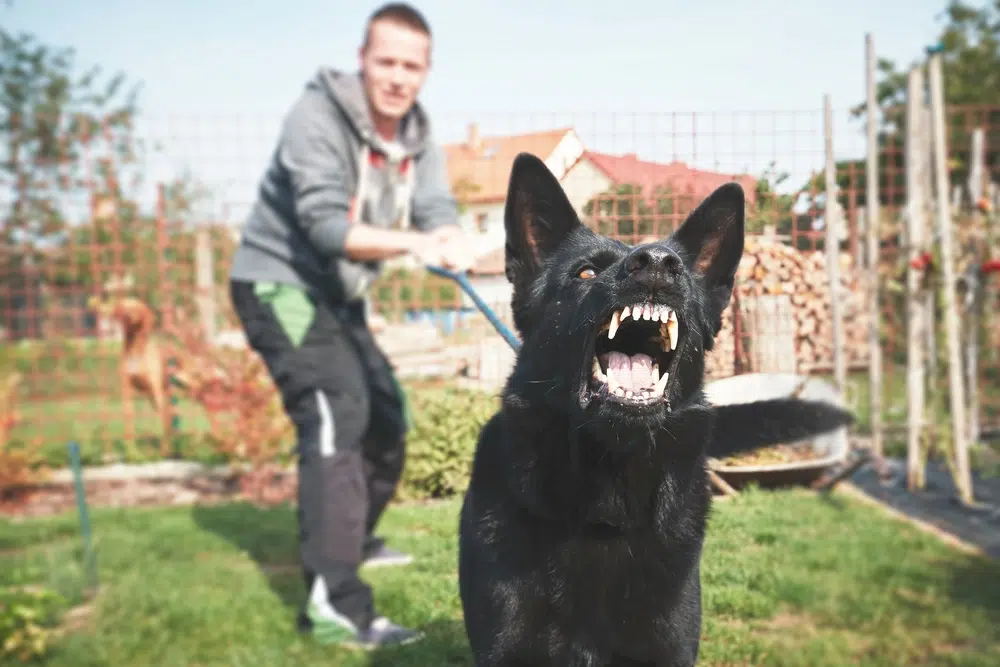
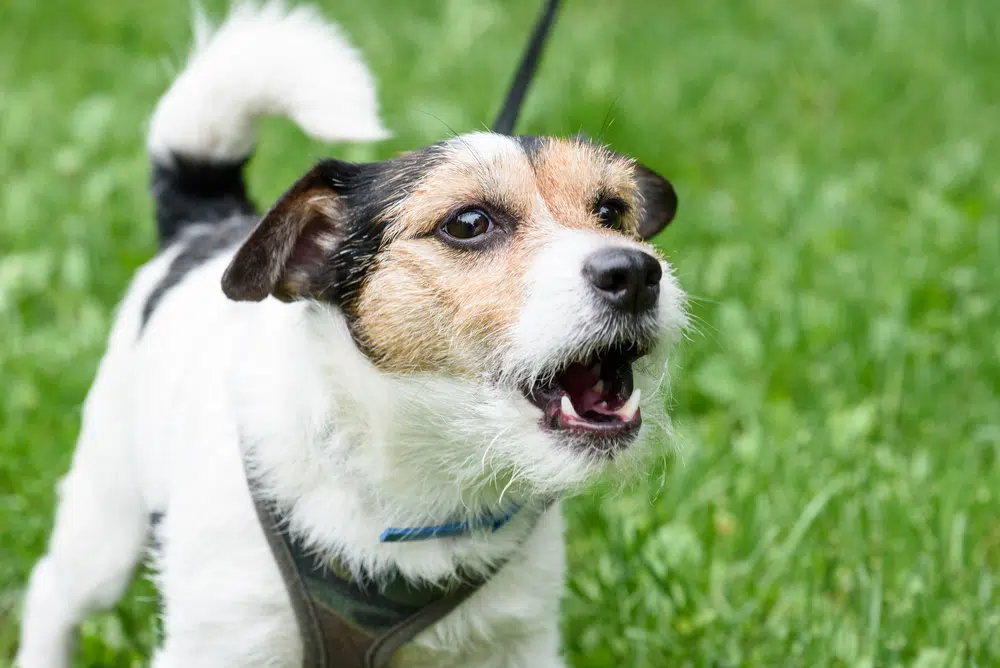


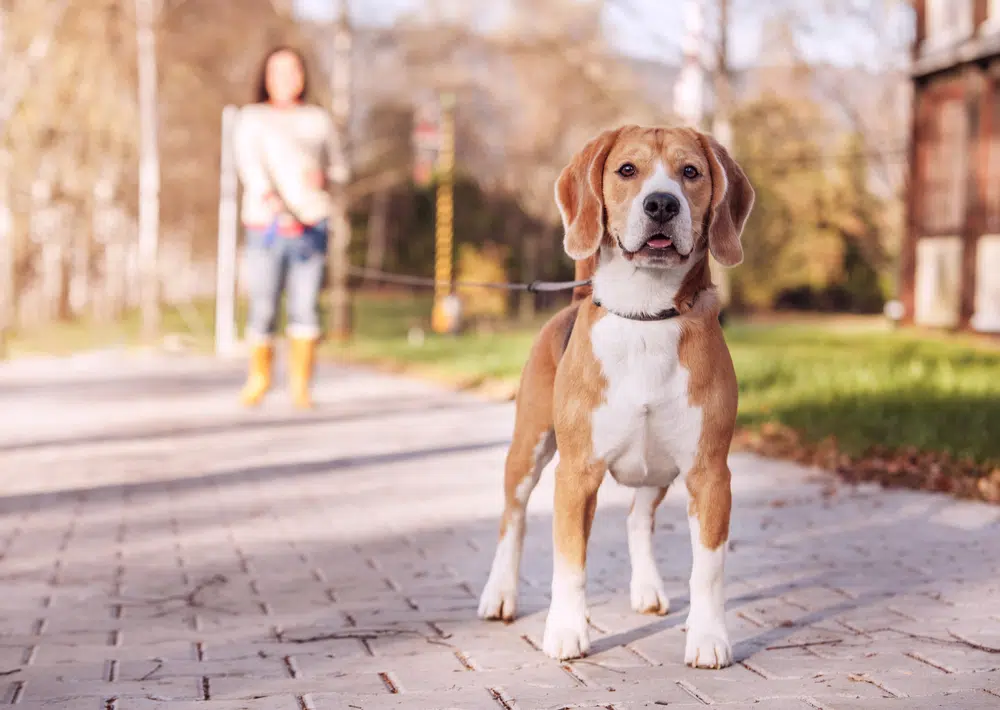


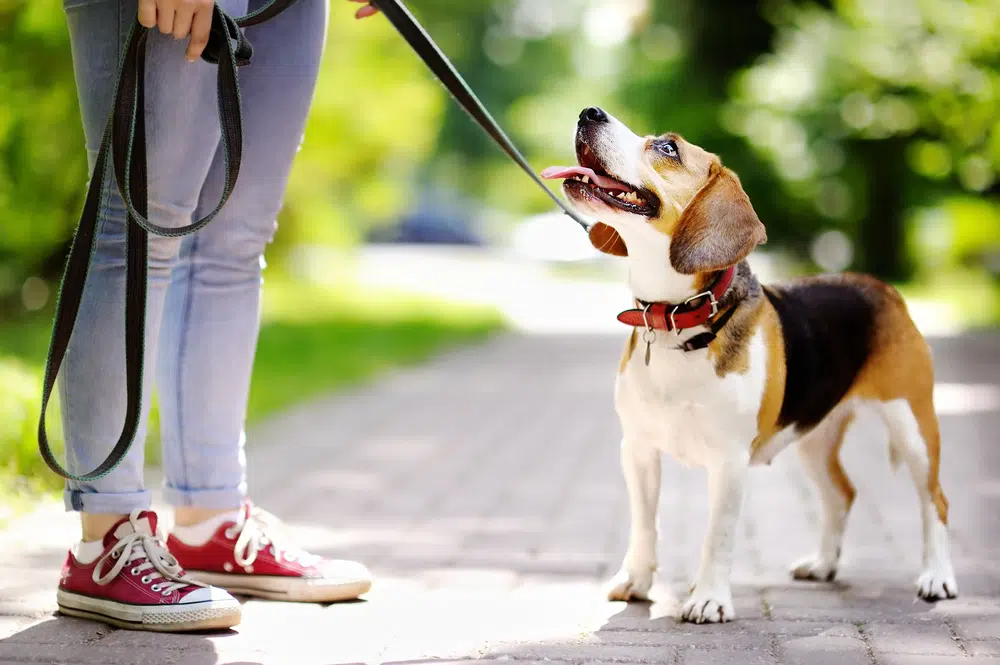
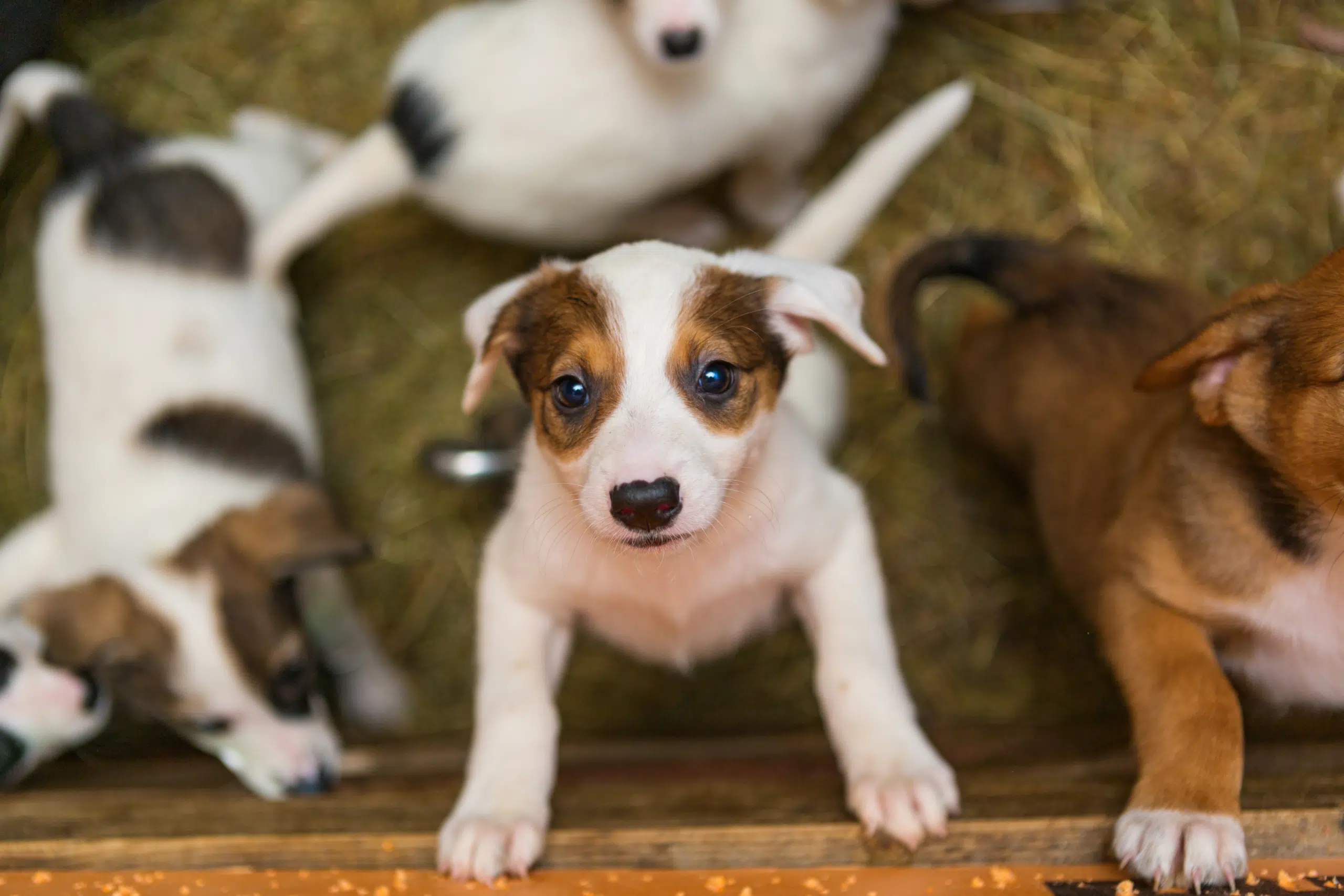


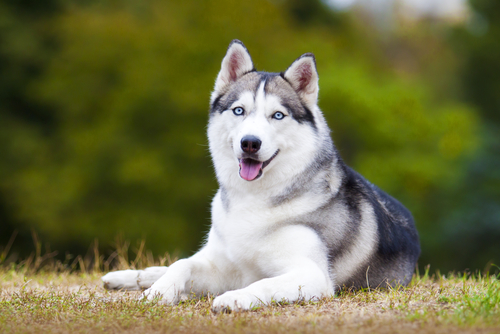

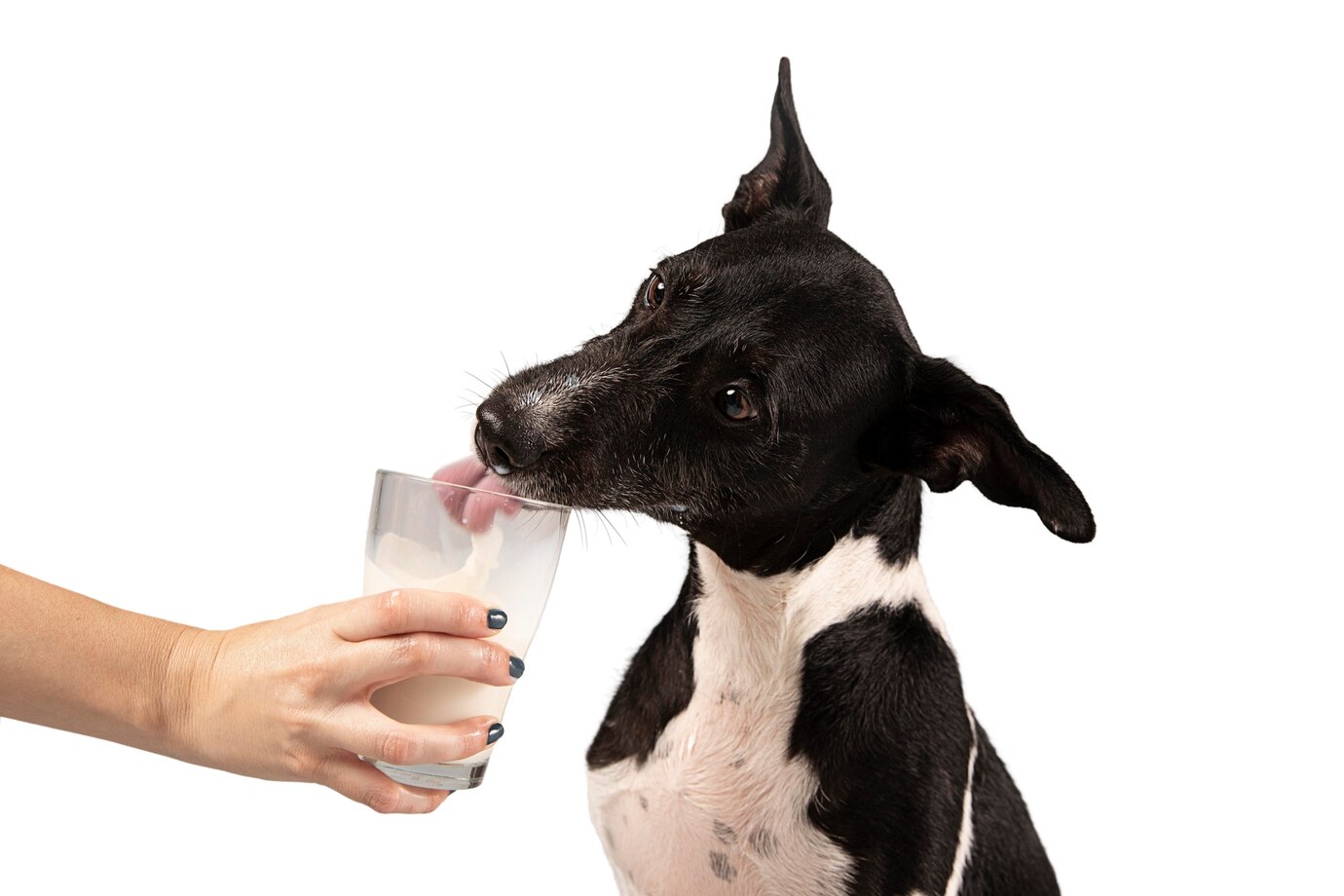

Get involved!
Comments